Top 10 Photogrammetry Misconceptions
 Lukas
Zmejevskis
Lukas
Zmejevskis
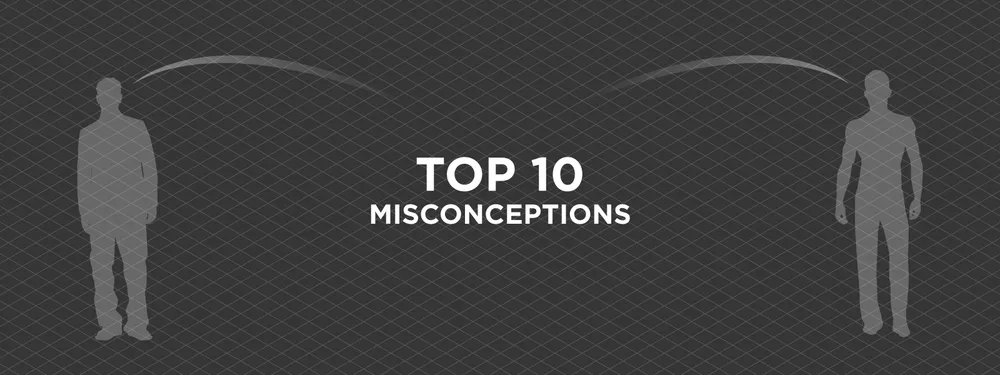
There are many misconceptions about photogrammetry, especially for those just getting into it. That is entirely understandable. This field is not exactly mainstream, and it blends elements of photography, surveying, modeling, and data processing — so confusion is common. After publishing dozens of use cases and practical workflows, I figured it was time to take a step back and break down some of the most common misconceptions I keep seeing, hearing, or fixing. Some I have covered before, others are new. Either way, here is a list of the most common misunderstandings about photogrammetry from a pragmatic, real-world perspective.
1. You need expensive gear to start
No, you do not. This one is easy. The reality is that any modern smartphone or camera can be used to start doing photogrammetry. If you want to try aerial scans, a drone is the one bigger investment — and even then, it does not have to be a premium one. Good gear becomes a requirement only when you start demanding better results, and that happens naturally as you progress and take on more serious work. The gear does not make a scan. Learning and experience do.
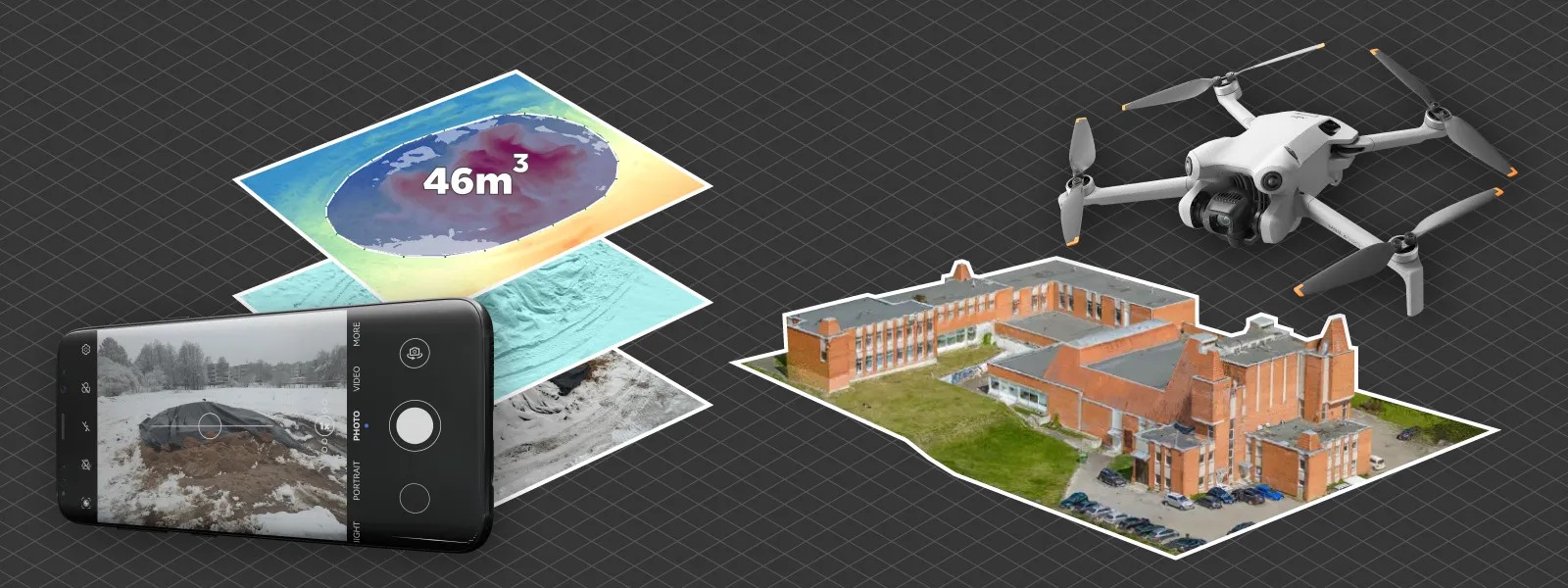 2. More megapixels means better photos and scans
2. More megapixels means better photos and scans
Also not true. Megapixels (the photo pixel dimensions) are just one part of image quality and are often overblown by marketing. A high megapixel count does not guarantee better results if the lens is bad, the sensor is noisy, or the technique is lacking. In fact, the technique often matters more than the resolution or even image quality as a whole. A properly exposed, sharp 12-megapixel image set with good fundamentals will do more for your 3D reconstruction than a blurry, overexposed, 100-megapixel, carelessly made set. Numbers are not the whole story.
![]() Megapixels and Image Quality - What Really Matters?
Megapixels and Image Quality - What Really Matters?
3. Auto settings are fine – or you must use full manual
This is a double misconception. Neither is always correct. Auto settings can be perfectly fine in easy lighting conditions or when you need a quick scan. Manual settings are required when things get more difficult — like low light, tricky shadows, or high contrast scenes. Real professionals know when to use each and switch between them as needed. There is no single correct answer here. You adapt to the situation.
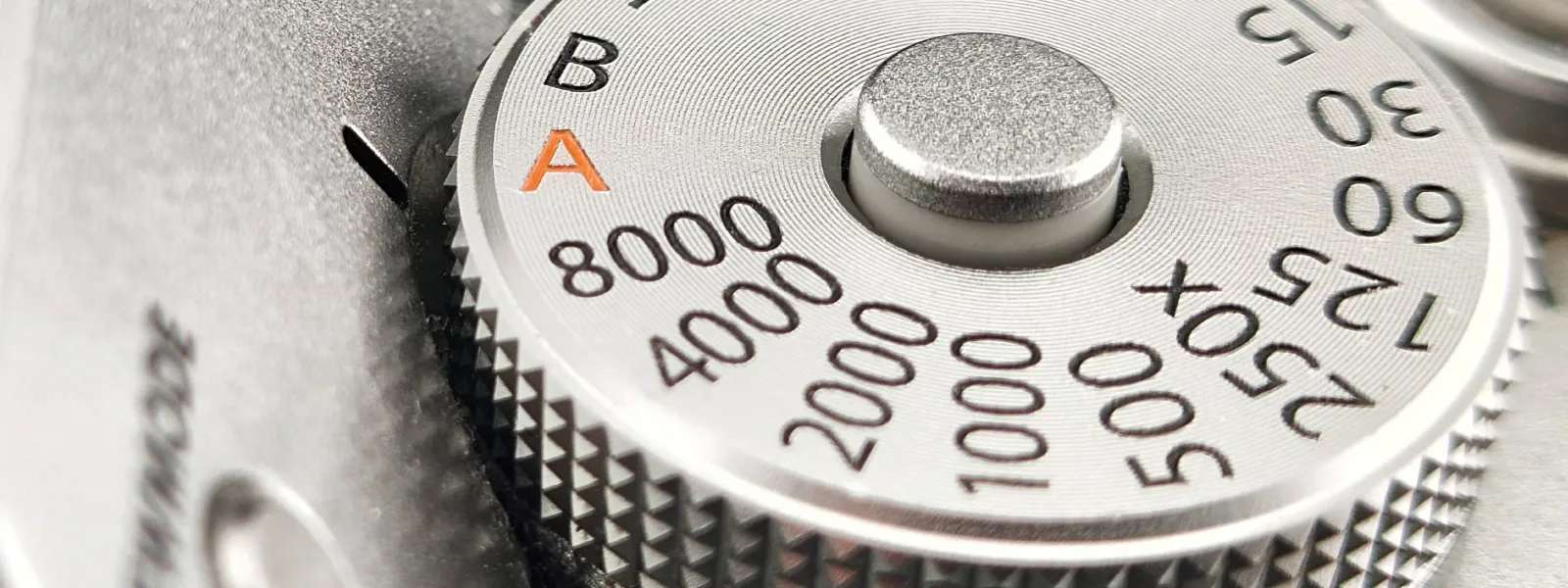 4. A neat flight pattern is everything
4. A neat flight pattern is everything
No, it is not. Whether you are doing a perfect grid or a neat orbit does not matter much — what matters are the fundamentals: overlap, coverage, and image quality. You can have a “messy” scan that works great if those fundamentals are in place. But if you go too random or chaotic, you will likely run into trouble. Neat patterns (like automated grids, orbits, or even something more complex) are just tools to help maintain consistency. They are not the point. The point is to cover the subject well with overlapping sharp photos from different perspectives. This is why fully manual photogrammetry is just as viable.
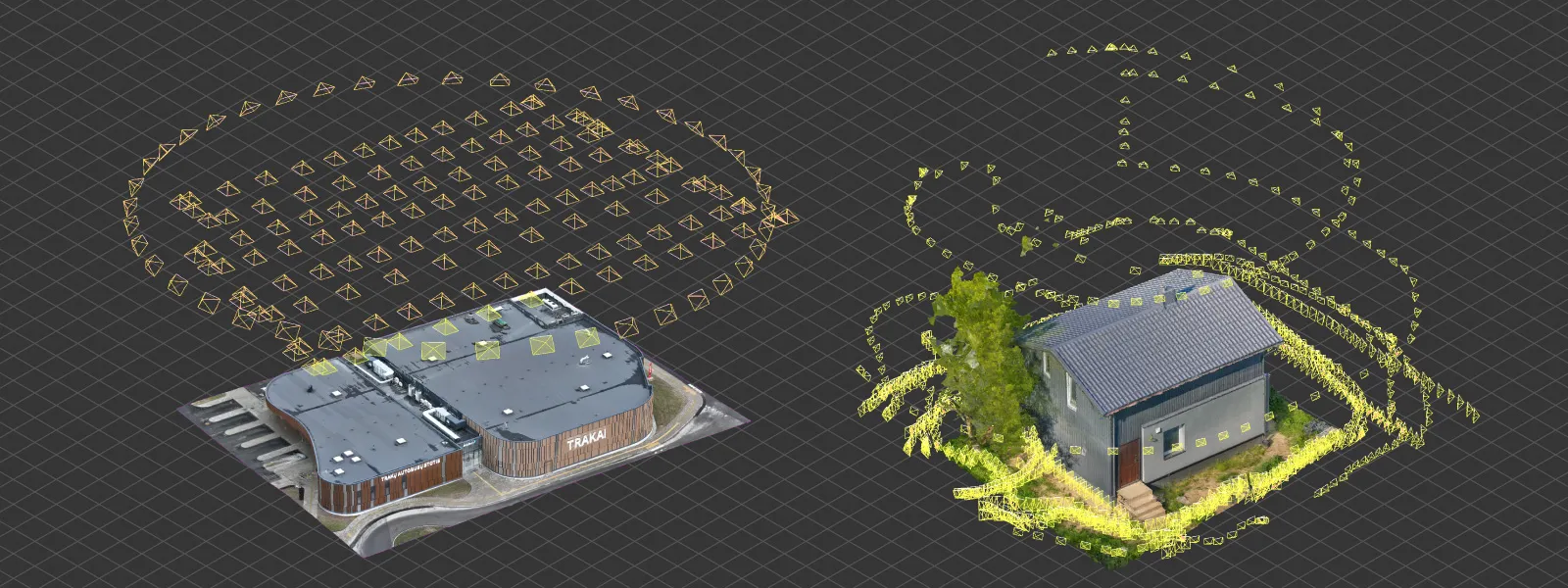 5. Video capture is just as good — or video is never usable
5. Video capture is just as good — or video is never usable
Another dual-sided myth. Video is not useless, but it is not a photo replacement either. A carefully captured video can be processed into a usable 3D scan if the lighting is good, the movement is smooth, and the settings are optimal. However, a dedicated photo capture will generally provide better detail and consistency. Video is easier to shoot but harder to control. As always, it depends on expectations and the use case.
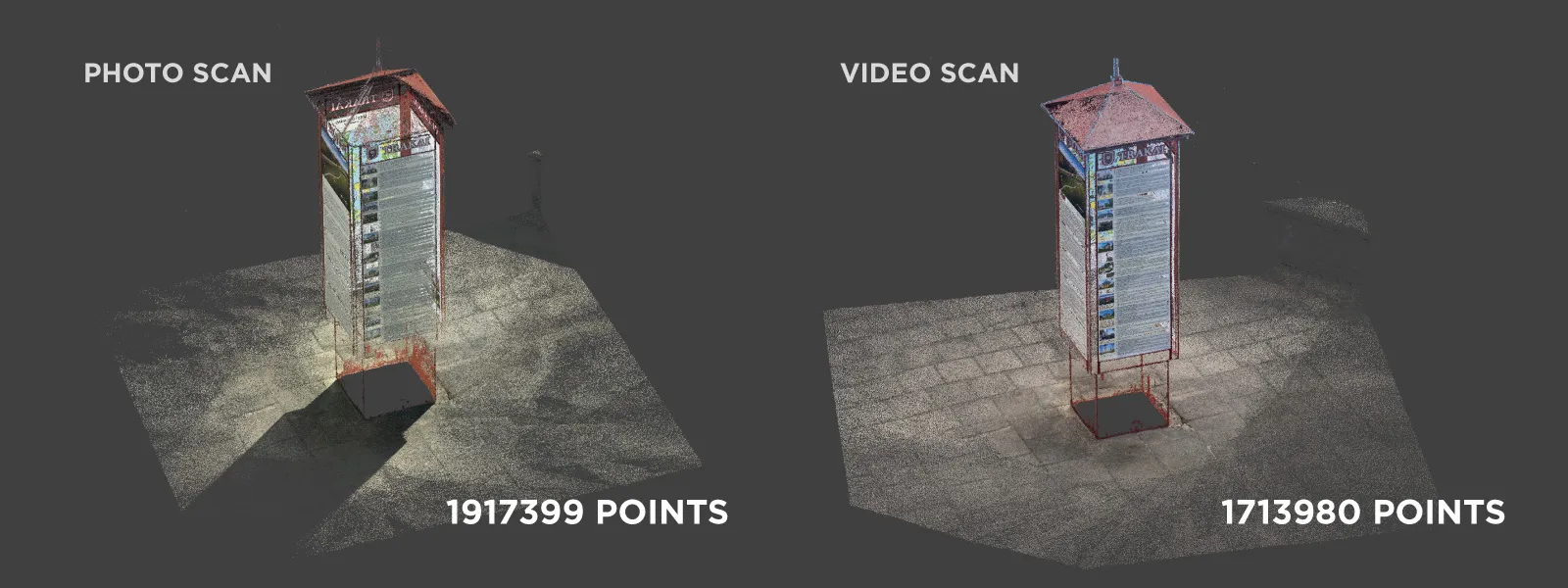 Video Frames vs. Photos for Photogrammetry
Video Frames vs. Photos for Photogrammetry
6. Cloud processing will fix insufficient data
No, it will not. Better hardware, whether local or cloud-based, can make processing faster and more stable, but it cannot make quality out of bad input. Cloud processing in Pixpro, for example, gives nearly identical results to local processing because it uses the same algorithms. The bottleneck is always the data itself—garbage in, garbage out. If the photos are blurry, underexposed, or misaligned, no amount of cloud magic will save the project.
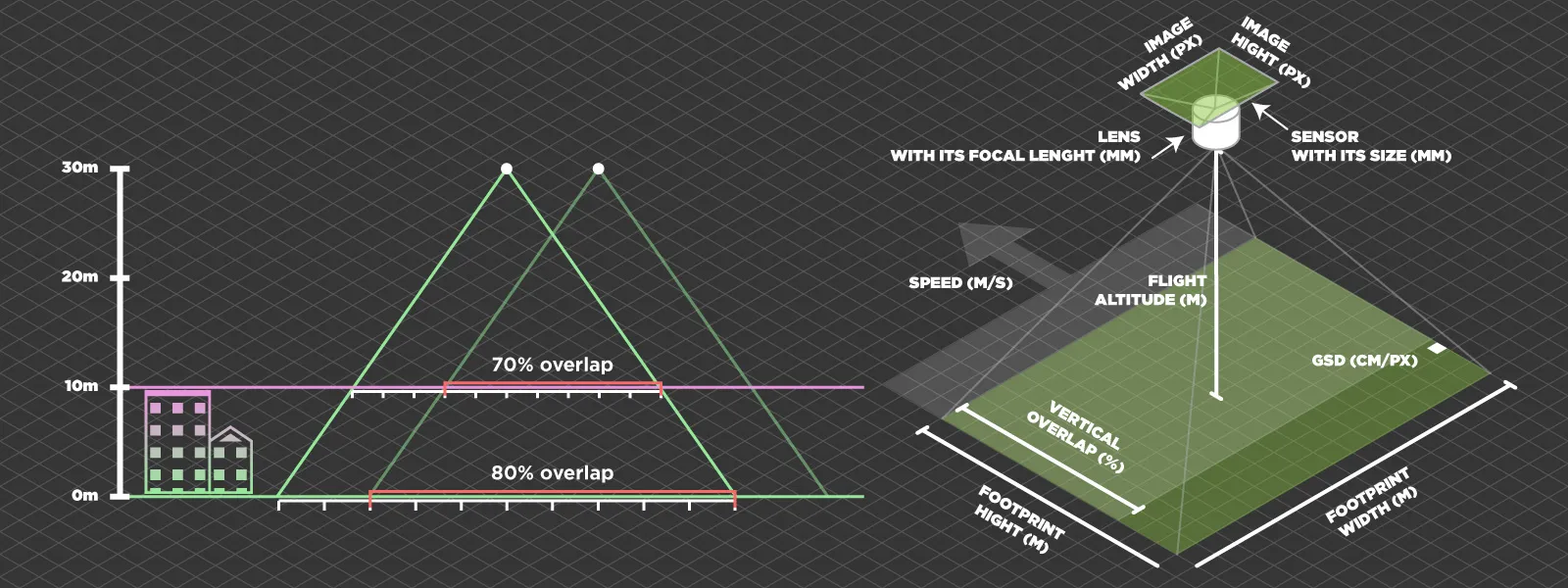 7. You need RTK or ground control points for measurements
7. You need RTK or ground control points for measurements
Not always. RTK and GCPs are used for absolute accuracy, which means tying the scan to real-world coordinates with high precision. But if your goal is to measure lengths, areas, or volumes inside the model, you need relative accuracy — and that comes from good photogrammetry fundamentals. If your scan is solid, your measurements will be too. RTK improves mapping precision, not internal scale. This distinction is essential.
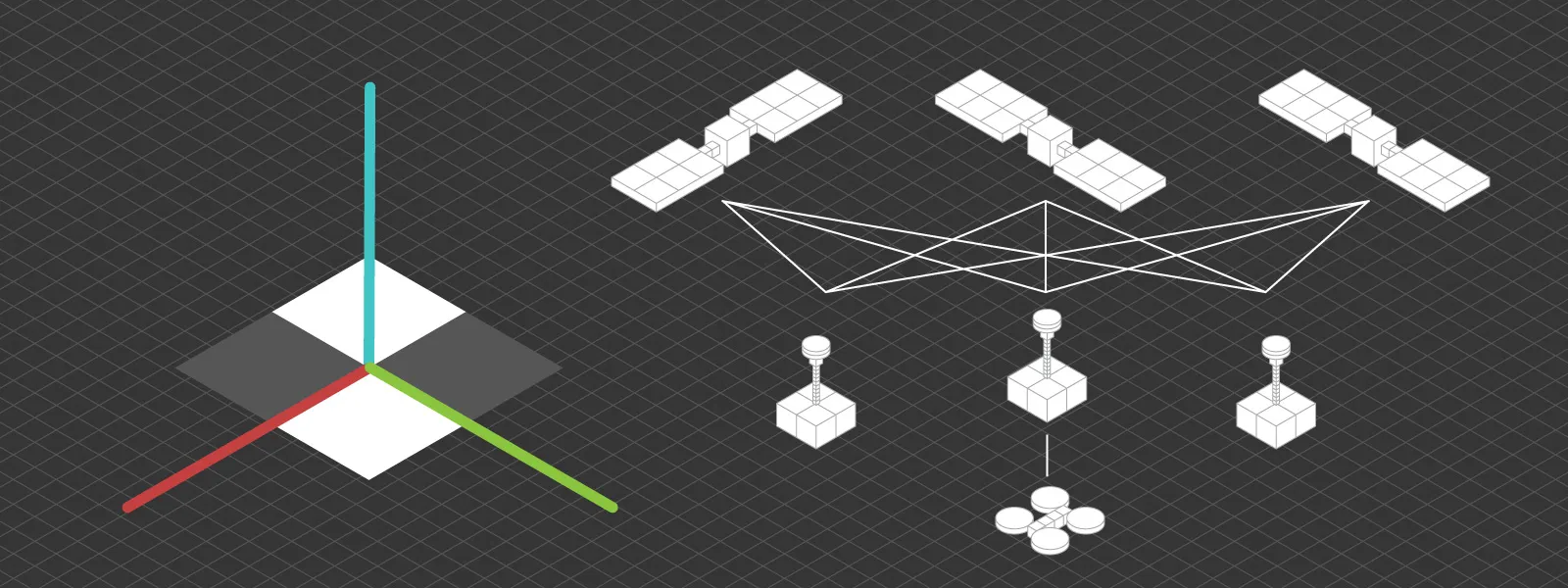 GCP Workflow in Pixpro software
GCP Workflow in Pixpro software
8. More photos means more detail
This one sounds logical but is not quite right. More photos can help, but only if they are better. Flying lower or getting closer to the subject will increase detail and photo count, but that is not because of the number. It is because of the perspective and (effective GSD) resolution gained. Adding more photos cannot fix poor image quality or bad technique. All variables must work together. More of the same problem does not equal a solution.
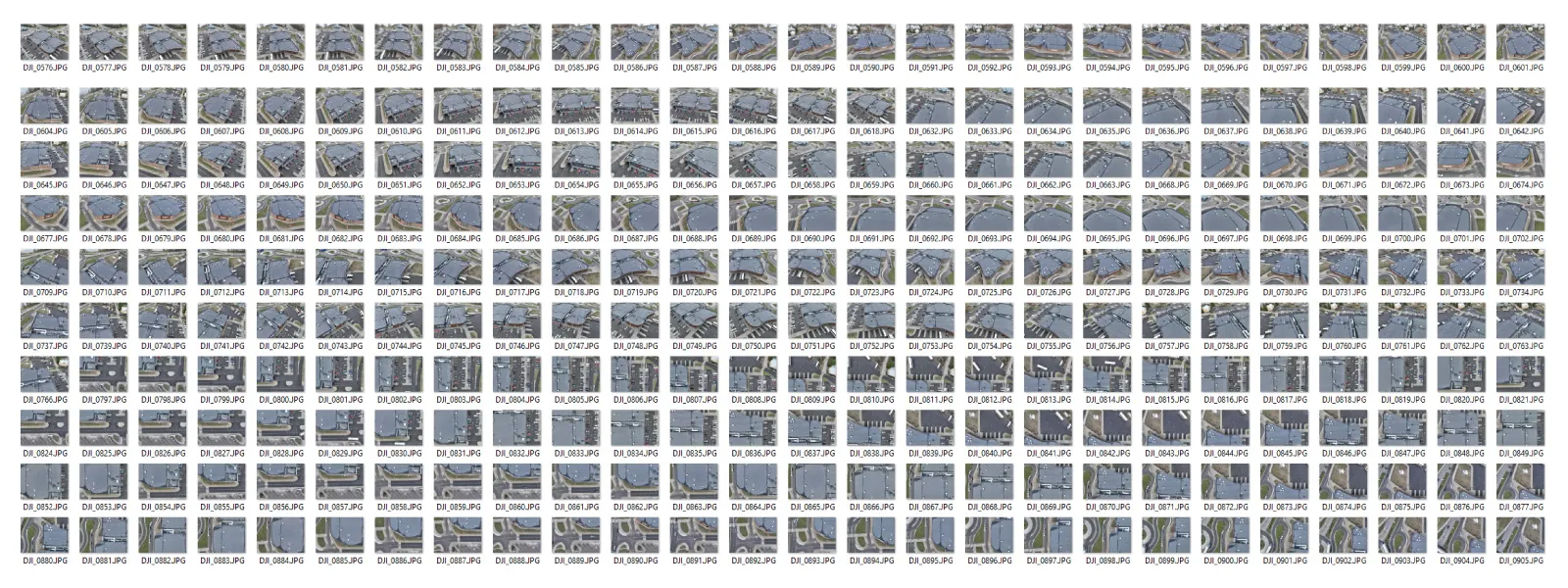 9. You do not need obliques for orthophoto capture
9. You do not need obliques for orthophoto capture
You absolutely do. True orthophoto imagery is laid over a 3D surface, not just a flat plane. If the surface has height variation — like buildings, trees, or elevation — then you need a good 3D structure to map that image correctly. Oblique images help build that 3D shape. You can use nadir-only photos for the final orthophoto processing to keep the final raster image cleaner. However, the geometry behind it must be solid, and reconstruction geometry often depends on obliques.
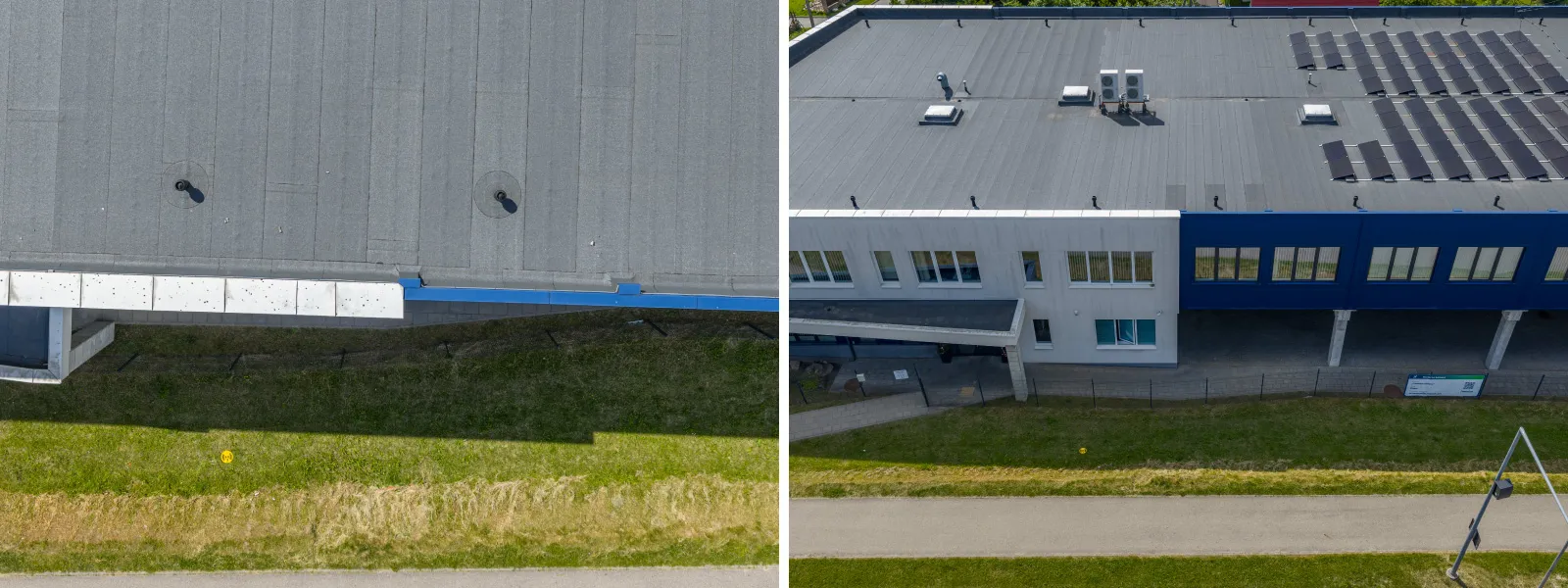 10. Photogrammetry is more or less accurate than other methods
10. Photogrammetry is more or less accurate than other methods
Not a helpful comparison. Accuracy depends on the use case, the technique, and dozens of other variables. Photogrammetry can be highly accurate — even down to millimeter precision — when done well. But it can also fail miserably if done poorly. The same is true for laser scanning, LiDAR, or other tools. Each method has strengths and weaknesses. Photogrammetry is not inherently better or worse. It is all about execution.
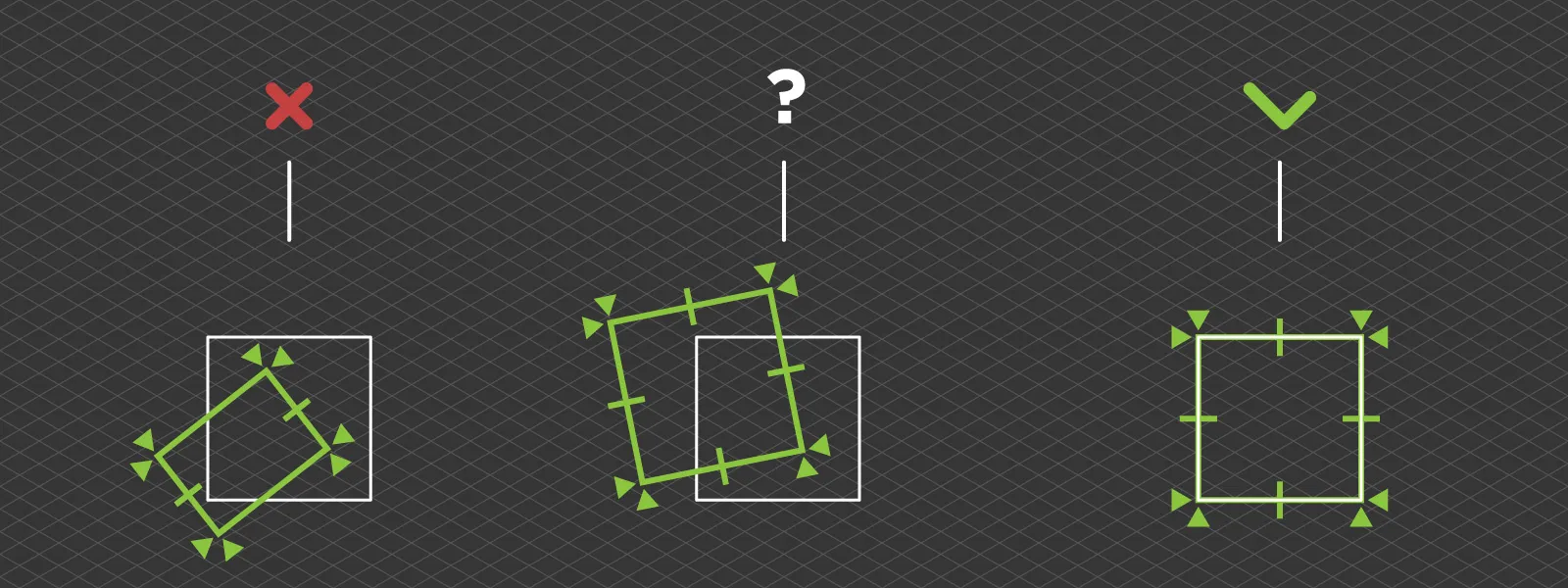 Relative vs Absolute Accuracy in Photogrammetry
Relative vs Absolute Accuracy in Photogrammetry
Bonus: Photogrammetry is hard to learn and not fun
That one is just plain wrong. Once you understand the basics — overlap, image quality, coverage — the rest is practice. Modern tools, like Pixpro, make the learning curve far easier than it used to be. If you are curious, hands-on, and like solving practical problems, photogrammetry is actually an enjoyable and rewarding skill to learn. Especially when you have a blog like this one to guide you along the way.
Conclusion
There you go — a practical list of photogrammetry misconceptions I have encountered over the years. Hopefully, this will clarify some confusion and help make your next project smoother or your initial foray into photogrammetry a bit easier. As always, check out the other blog posts for deeper dives, case studies, and actual use cases. Photogrammetry is not magic, but once you get the hang of it, 3D scenes in the palm of your hand can feel pretty close.

Photographer - Drone Pilot - Photogrammetrist. Years of experience in gathering data for photogrammetry projects, client support and consultations, software testing, and working with development and marketing teams. Feel free to contact me via Pixpro Discord or email (l.zmejevskis@pix-pro.com) if you have any questions about our blog.
Related Blog Posts
Our Related Posts
All of our tools and technologies are designed, modified and updated keeping your needs in mind
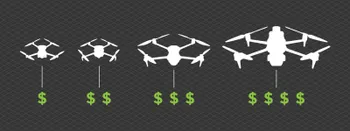
Budget in Photogrammetry - Affordable to Medium to Premium
Photogrammetry, like many other professions, hobbies, or disciplines, can have different budget tiers. In this article, I will provide my opinion on what I consider to be photogrammetry gear, ranging from affordable to premium to high-end tiers.
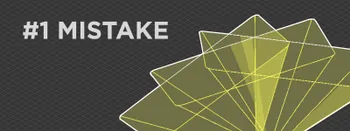
No. 1 Mistake You Are Making in Photogrammetry Right Now
As photogrammetry software developers, we need to troubleshoot multiple projects from our clients every week. The number one mistake, especially when making measuring projects, is using redundant photos. These photos can appear for a few reasons, which I will describe, and they can be quickly dealt
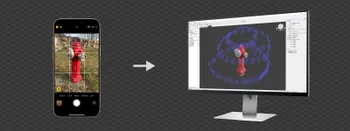
Classic Photogrammetry with an iPhone
Photogrammetric 3D scanning can turn a bunch of regular photos into a 3D model or a scene. So, we only need a camera and some knowledge of how to take photos. In the previous article, we tested the latest iPhone camera with a few different apps.
Ready to get started with your project?
You can choose from our three different plans or ask for a custom solution where you can process as many photos as you like!
Free 14-day trial. Cancel any time.
.svg@webp)